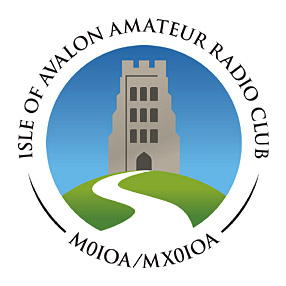Kanga Mini Transmatch Kit
I built this mini-transmatch in advance of getting a QDx transceiver. The QDx has a rep for being persnickety about loading, in particular the BS170 finals seem fragile in the face of mismatches in real world. This transmatch has a resistive SWR bridge tune mode which reduces the SWR presented to the rig frm a bad match see G-QRP article It’s a lovely little kit, and as a handy QRP manual ATU is well suited to rigs like the tunerless IC705 as well as the QDx, it is rated at up to 10W max. I assumed that Kanga was from Down Under what with the kangaroo iconograpy but it seems to be run by Paul M0BMN these days. I found it easier to tune1 than my MFJ949 main station manual tuner. Two knobs rather than three scores in the field. It feels like you are tuning a resonance with one knob and finessing the match with the other, peaking noise on RX gets you quite close to a decent match.
the kit
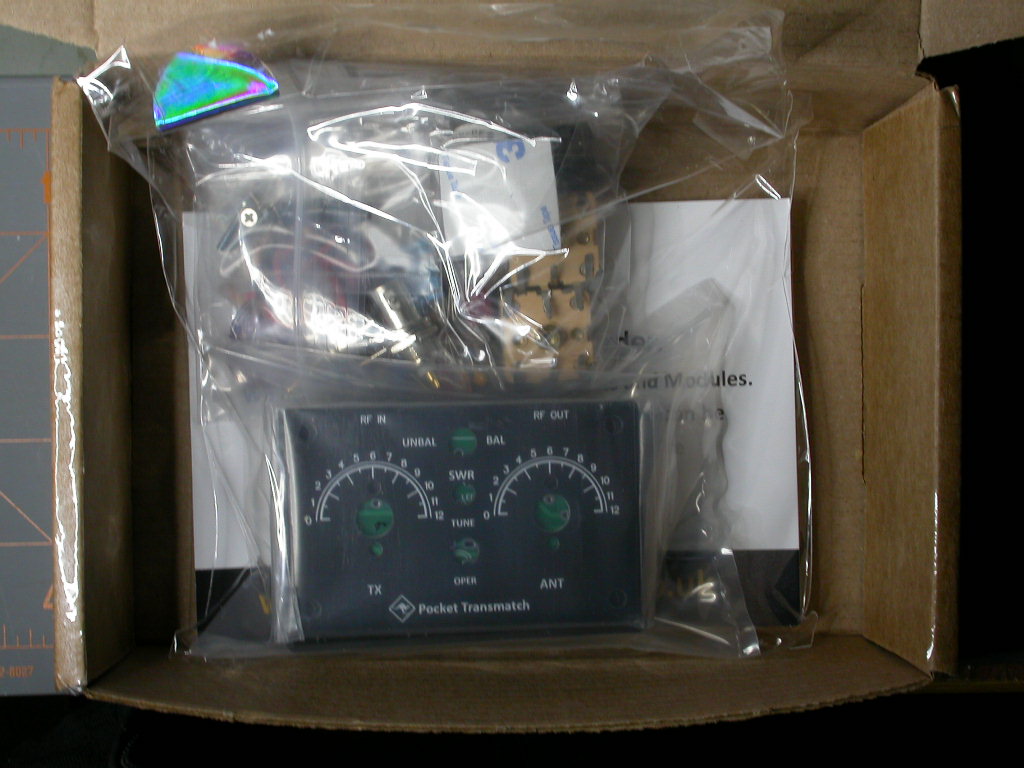
The Kanga kit page is here although I think I bought mine from eBay. They say
This is the most difficult of our kits to build as it needs to fit into a very small case.
I didn’t find it that bad. As always, the crucial component is the inductor which starts off like this
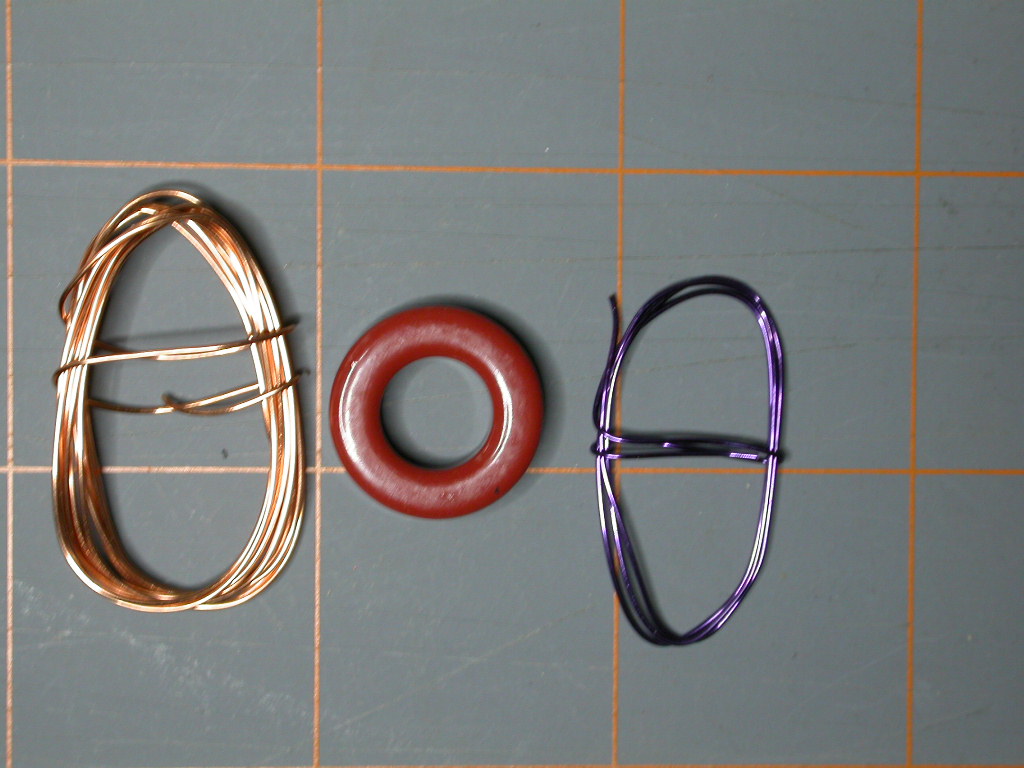
and goes through this stage

before you get to the board. Indeed, trimming the polyvaricon capacitors was more fiddly, measure twice and cut once, but this also worked out OK.
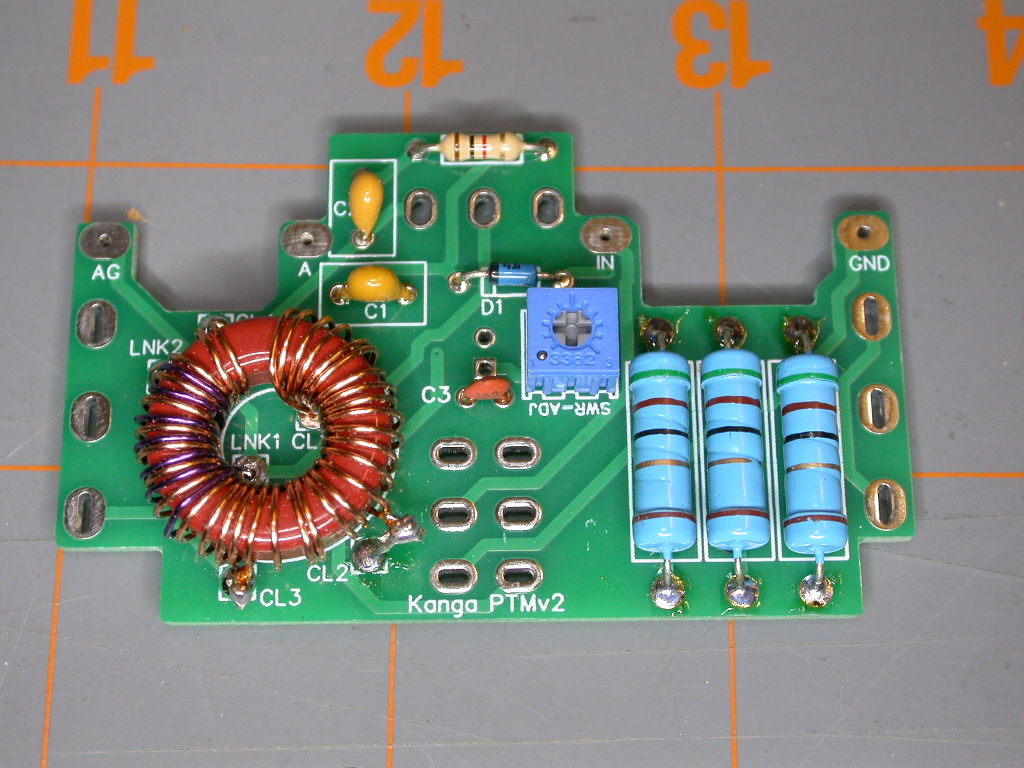
which is a snug fit to the box
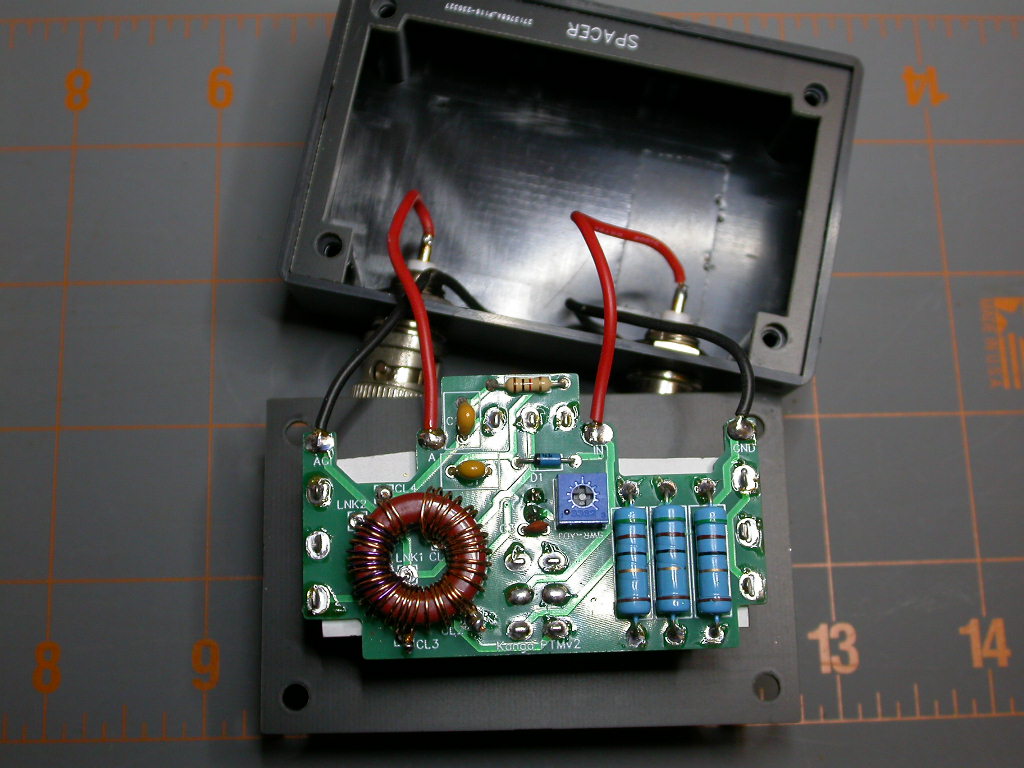
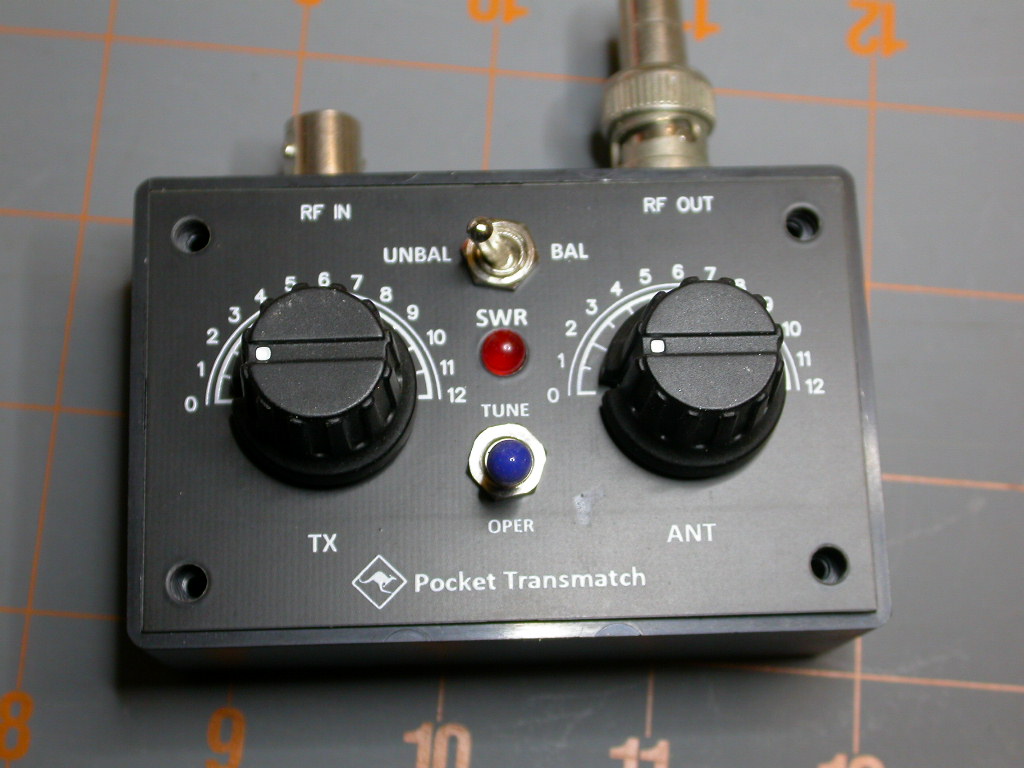
It works well, and pre-tuning it by peaking on received noise is easy, I have only tried this on 40-10m. It’s very small, fits in the palm of your hand. It’s a good fit to the QDX and the ambition of lightweight portable digital operation.
-
With the caveat that I only tried to tune antennas that were a little bit off, like pulling a 17m band loft dipole down to 20m and shifting a 10m optimised antenna into the 11m CB band. The MFJ 949 will undoubtedly tune a wider range of mismatched, because it has three degrees of freedom rather than two. I prefer to start at least roughly within 20% of the resonant length if possible ↩
